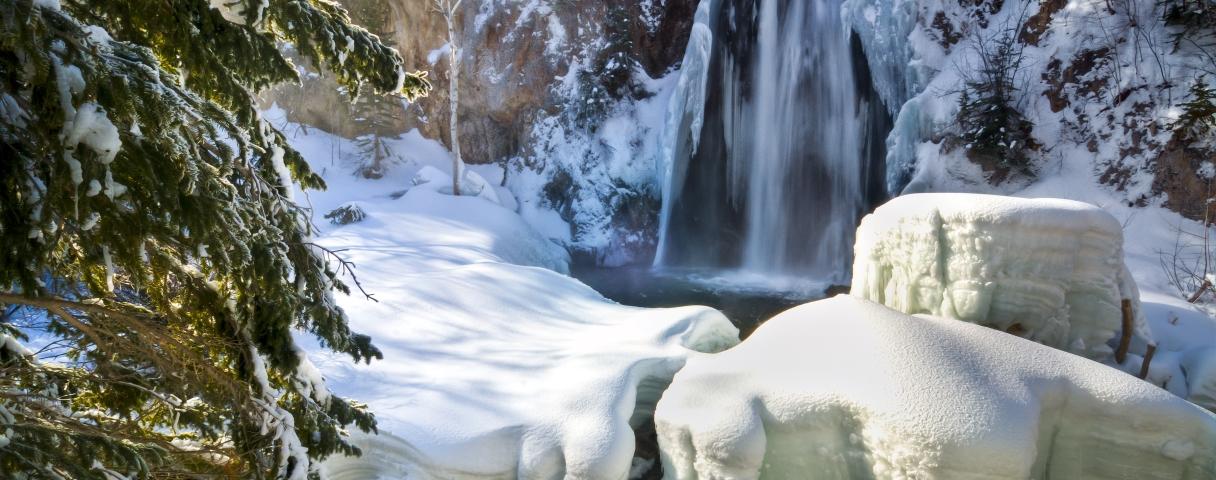
Looking for some of the funest and most scenic trails around Michigan. Copper Harbor is your spot. It is an all-season resort town in northeastern Keweenaw County, Michigan located on the Keweenaw Peninsula which juts out from the Upper Peninsula of Michigan into Lake Superior. Due to its natural environment and surroundings it is a popular tourist destination within the Great Lakes region.
One popular spot for visitors is Hunter’s Island which is the name of a non-hilly point running out from the west into Lake Superior. It was named for an early settler of the area named Mr. Hunter who owned a tract of land on what is now Hunter’s Point or Hunter’s Island. Situated at the opening of the harbor itself is the historic Copper Harbor Lighthouse built in 1866, replacing an earlier lighthouse made in 1849. It is only accessible via a short ride in a compact open vessel from the Copper Harbor marina. Exhibits inside the lighthouse museum cover both the lighthouse history along with the local shipwreck culture of the area.

Another popular site known as “the most beautiful road in Michigan” is the Brockway Mountain Drive that is an 8.8 mile route that follows the backbone of a 753-foot-high ridge between the towns of Copper Harbor and Eagle Harbor and is the highest paved road between the Rocky Mountains to the west and the Allegheny Mountains to the east. Constructed during the 30’s, this very picturesque road offers stunning views of Lake Superior and Keweenaw Penisula as well as the archipelago of Isle Royale. (wiki)














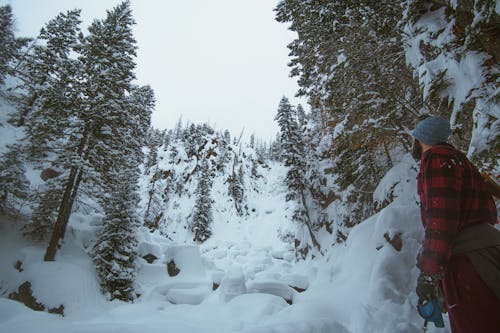
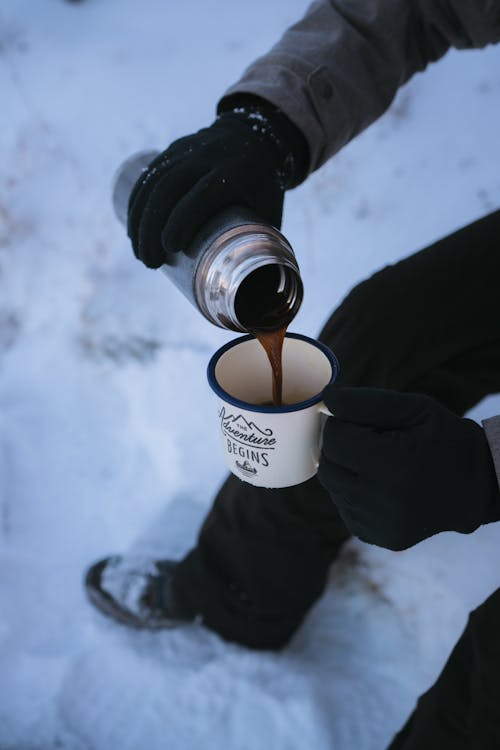
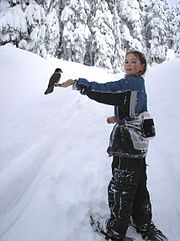






















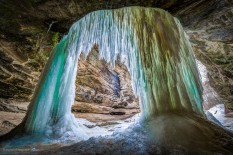








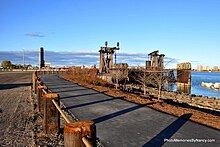
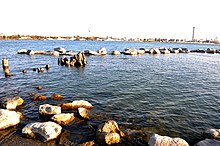




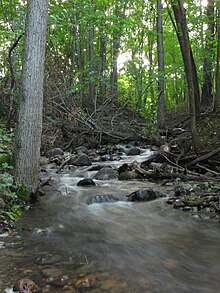



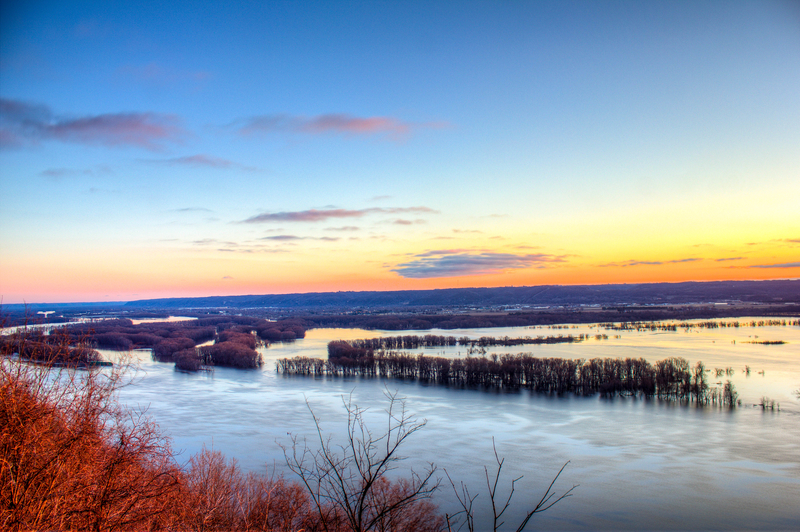
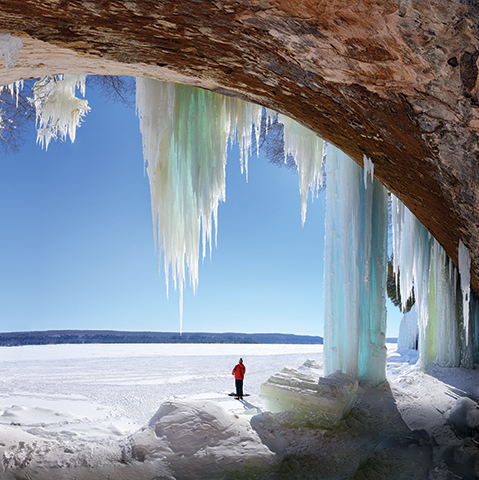

 Photo Credit: MHarrisW/TripAdvisor
Photo Credit: MHarrisW/TripAdvisor


